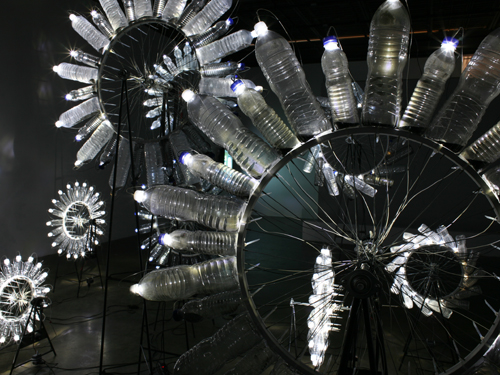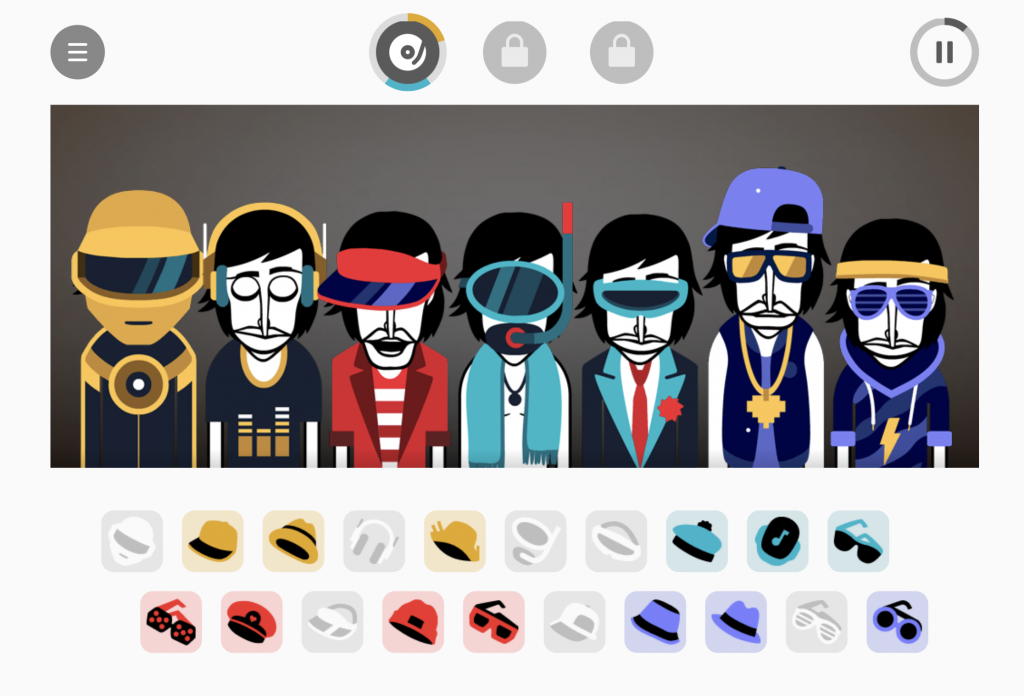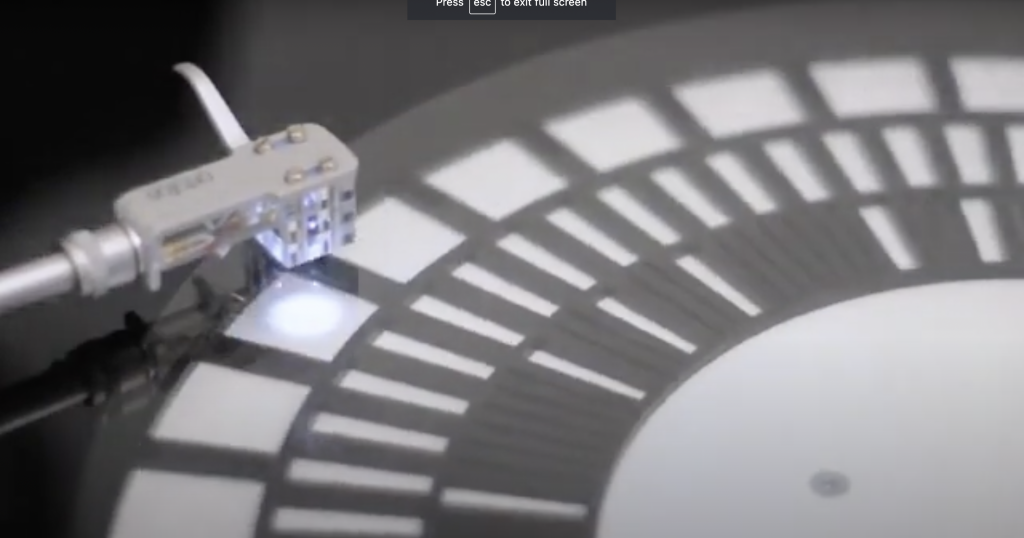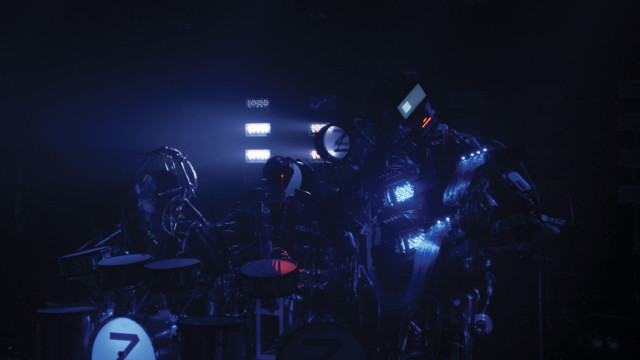
This project, called Knight of Infinite Resignation, is a motorized sound installation by Diane Landry, an installation, video, and performance artist from France. It uses bicycle wheels to rotate sand-filled water-bottles (12 on each wheel) that align with the hour of the day and month of the year, with the sound of the sand filling the room as it moves with the motion of the bottles. Although they can be seen as a sort of clock for the human pattern of time, the cold, churring machines evoke an uncanny sense of perpetuality and vastness that also allude to eternity, space, serenity, and the unfathomable spans of time. The algorithm itself must be fairly simple; just programmed to run along a reference to the hour of the day or month of the year. However, the ingenuity of using such regular household items such as the bicycle wheel and plastic water bottle point to the artists’ ability to turn every-day, human objects into something bigger, more vast, more extensive.
![[OLD SEMESTER] 15-104 • Introduction to Computing for Creative Practice](../../wp-content/uploads/2023/09/stop-banner.png)



